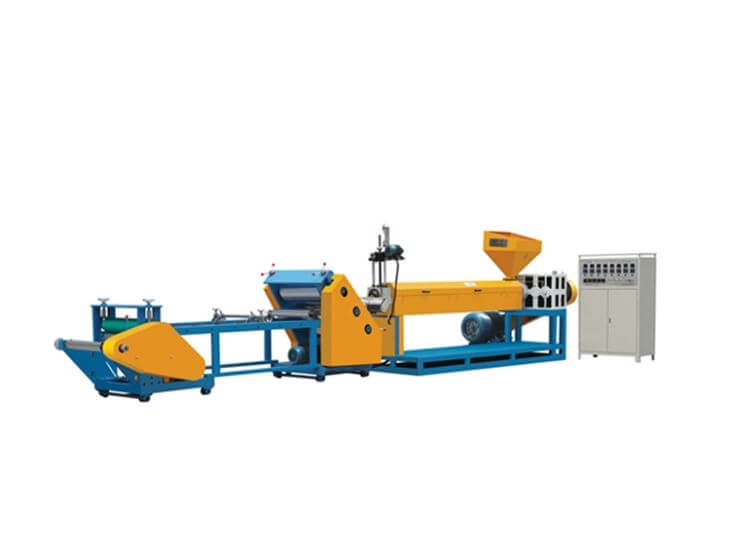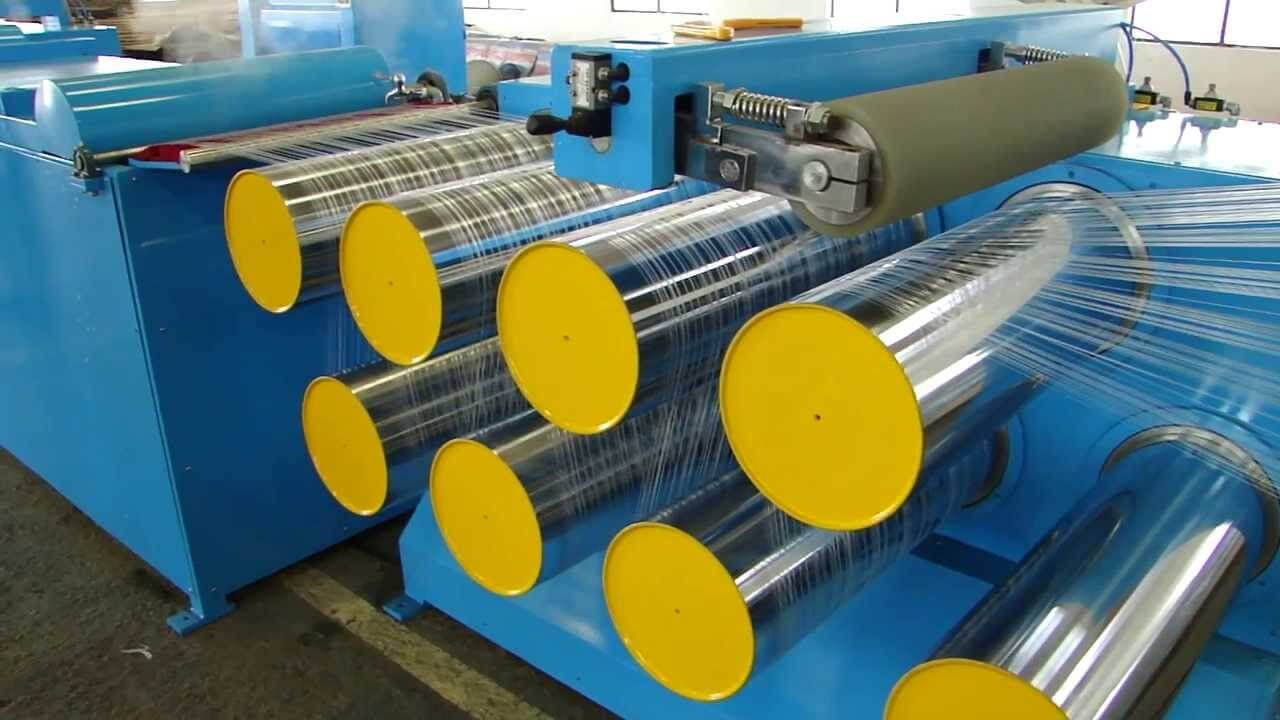What is PP Extrusion and its relation with Injection molding?
2020-12-26Features of the use of extruded and pressed polypropylene sheets
For the production of semi-finished sheet products of the main types of plastics for industrial use, two production technologies are common: pp extrusion and injection molding.
This article provides an overview of the differences in properties and areas of application of semi-finished polyolefins (mainly sheet polypropylene) obtained by these two methods.
Features of pp extrusion
Extrusion is a theoretically continuous process of extruding a molten mass of material through a die (which can be of various shapes and sizes). The mass is set in motion by rotating the screw in a cylindrical melting chamber, which together with the screw is called the melting unit. The diameter and ratio of diameter to length of the cylindrical melting chamber determines the performance of the extruder.
Pickling bath made of extruded polypropylene sheet
Pp extrusion method allows the production of sheets up to 4000 mm wide and up to 70 mm thick. And in large-scale production is a more economical and productive process than injection molding.
Features of injection molding
The process is the molding of an article by melting a polymer raw material in a mold under pressure. The process of heating the material in the mold and the growth of the working pressure continues even after the material completely melts. It goes until all the air removes from the mass.
An element of a dialysis machine made from a pressed polypropylene sheet by mechanical processing.
The duration of the production cycle (filling, heating under pressure and cooling) depends largely on the thickness of the sheet (plate) produced. And this relationship is not linear.
For example, it takes 30 minutes to produce a 10 mm sheet, and 15 hours to produce an 80 mm board.
Obviously, this process is discrete, and from the point of view of productivity it is inferior to extrusion. But it is indispensable if it is necessary to produce plates with a thickness of more than 70 mm.
Comparison of pp extrusion and injection molding
During the pp extrusion process, the polymer in its primary forms entering the melting unit. Due to the rotation of the screw, experiences significant shear forces, heats up and homogenizes. It then experiences significant tensile forces by being squeezed through the die and pulled through the roller system.
In this regard, in the material after polymerization, so-called, orientation stresses and their value is significantly higher in the direction of extrusion.
During injection molding, internal stresses also arise in the material. But orientational stresses are inherent only in the extrusion process.
Depending on the manufacturing process, the resulting products differ significantly in terms of operating parameters such as:
- Shrinkage
- dimensional stability and
- Isotropic properties.
In addition, some difference we can note in the values of the indicators of mechanical properties. These differences come by the fact that during extrusion, polymer molecules in the melt stretch in one direction. And later, depending on the cooling rate, the formation of different forms of crystallization is possible.
How to avoid problems in pp extrusion?
Unlike pp extrusion sheets, pressed boards are essentially isotropic. And problems can only arise from uneven cooling that occurs during thick board production. In this regard, the cooling of the plates also occurs under pressure in order to avoid uneven cooling and the formation of voids in the thickness of the material.
Due to the isotropy of the properties and low shrinkage of plates obtained by the method of injection molding, they are used in cases where it is necessary to ensure the uniformity of properties. It should be in all directions of the plate, for example, during further machining.
On the other hand, the large shrinkage of the material, typical for extruded boards, is in demand during thermoforming. However, it is necessary to take into account the difference in the amount of material shrinkage along and across the resulting sheet. It is in order to avoid deformation of the formed product.
Why pp extrusion plastic products are good to use?
We've been using synthetic plastics for over a century, ever since Leo Bakeland first invented plastic. However, it looks like a century later a populist "war on plastic" is taking place. Below are 6 reasons why plastic is doing us more benefits than we think, and they are all backed up by research from the British Plastics Federation (BPF).
- Lightweight - Lightweight plastic parts save around 3000 liters of fuel over the life of an average car . This not only saves our money, but also reduces the amount of natural resources used.
- Durability - the service life of products increases significantly. For example, plastic pipes can last over 100 years.
- Saving water - making a plastic bag requires 25 times less water than making a paper equivalent.
- Increase the shelf life of products - thanks to plastic packaging, products are stored much longer, vacuum packaging increases the shelf life by 2-3 days. Using plastic in packaging can help reduce food waste in supermarkets by 20%.
- Recyclable – we can recycle pp extrusion plastic, although at the moment this is not always technically or economically feasible. However, recycling one ton of plastic bottles saves 1.5 tonnes of carbon.
Because of their low cost, ease of use, and versatility, plastics are used in a wide variety of products, from paper clips to spacecraft.
Types of plastic
Plastic is one of the greatest inventions of the 20th century. Without him, we would not have been able to see many other inventions. We tried to briefly and clearly describe the different types of plastic. What they are intended for and where they are used. This article will be useful not only for those who are going to make repairs, but also for those who care about their health.
- PET (PETE), polyethylene terephthalate.
The most commonly used type of plastic, it is cheap to manufacture. PET is used in the production of most plastic bottles for drinks, ketchup, vegetable oil, and packaging of cosmetic products. Fragile and elastic material. Excellent rigidity and impact resistance.
That is why manufacturers of consumer goods love it, since the packaging does not crack during transportation.
PP extrusion has high temperature resistance and can withstand temperatures up to 150 degrees Celsius. It is less dense than polyethylene, but also more solid. The only significant drawback of polypropylene is its high sensitivity to ultraviolet radiation and oxygen. Oxygen sensitivity decreases with the introduction of stabilizers.
Polypropylene is good for:
- packaging materials
- films
- lamp holders
- carpets, thermal underwear and fleece clothing
- TV cases, fuse boxes, some auto parts and car bumpers
- inhalers, disposable syringes and
- other plastic medical equipment that requires sterilization.
It is highly flammable, forming droplets. Polypropylene burns with a light flame with a blue core, releasing a pungent paraffin odor.






